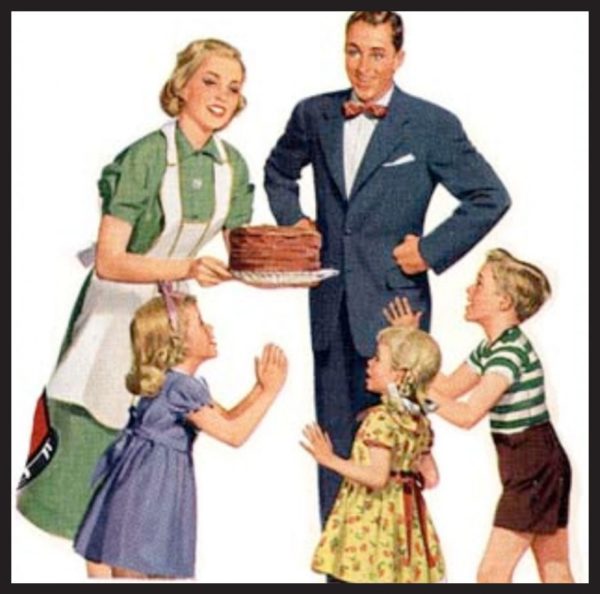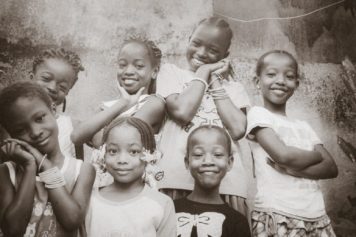Race correlates with involvement in the child welfare system more closely than poverty. While there are local variations, Latino children have not traditionally been overrepresented in foster care, while African-American and Native American children represent double the percentage of the foster care population than they do in the general child population. Whites represent a significantly lower percentage than they do in the general child population, while Asian children are the least likely to enter care. Since the disparity in poverty rates for Black and Latino children is relatively small compared to disparity in foster care placement, race operates as its own separate factor, making Black children much more likely than anyone else to wind up in foster care. But why?
The System Sees Black Mothers as the Enemy
The system is most aggressive in taking action against Black single mothers. As one critic, law professor Dorothy Roberts, notes, “If you go into dependency court in Chicago, New York or Los Angeles without any preconceptions, you might conclude that the child welfare system is designed to monitor, regulate and punish Black mothers.” Child welfare involvement presents a clear example of the intersectionality of race and gender oppression. The system operates primarily and punitively against Black mothers.
Child Welfare System Seeks to Maintain the Social Order
The child welfare system not only reflects an inequitable social order; it also helps to maintain it. It assumes a nuclear family norm that gives women the responsibility for caregiving, while denying them adequate government support and vilifying those who do not depend on husbands. Like welfare, the child welfare system is a significant means of public support of poor children, especially poor Black children. The child welfare system also extracts an onerous price. It says the system will take care of poor children only if poor mothers relinquish custody of them.



